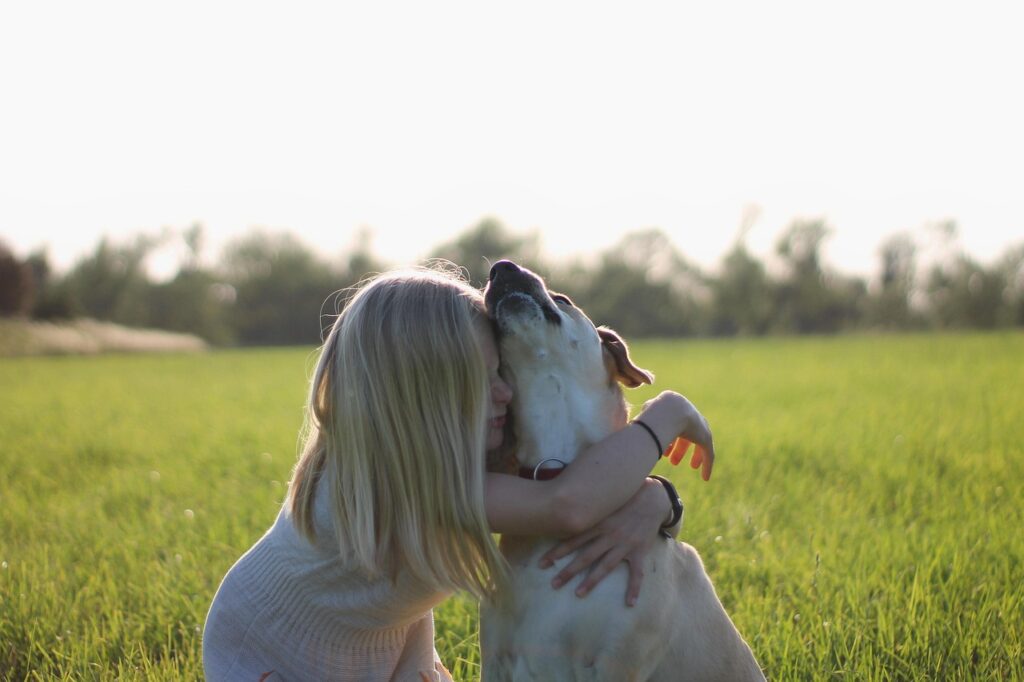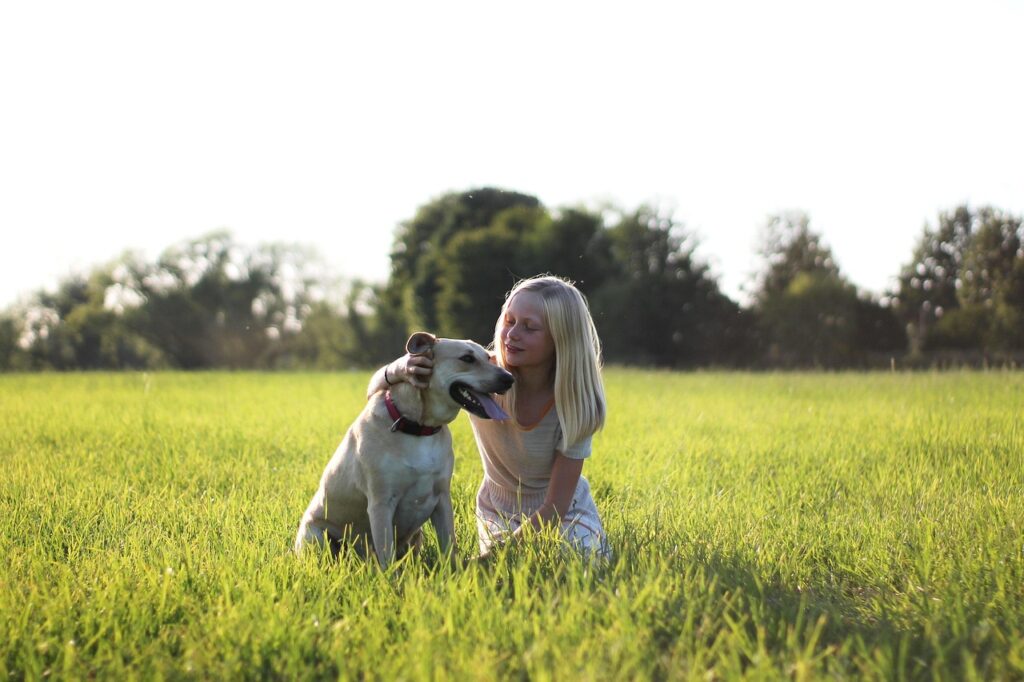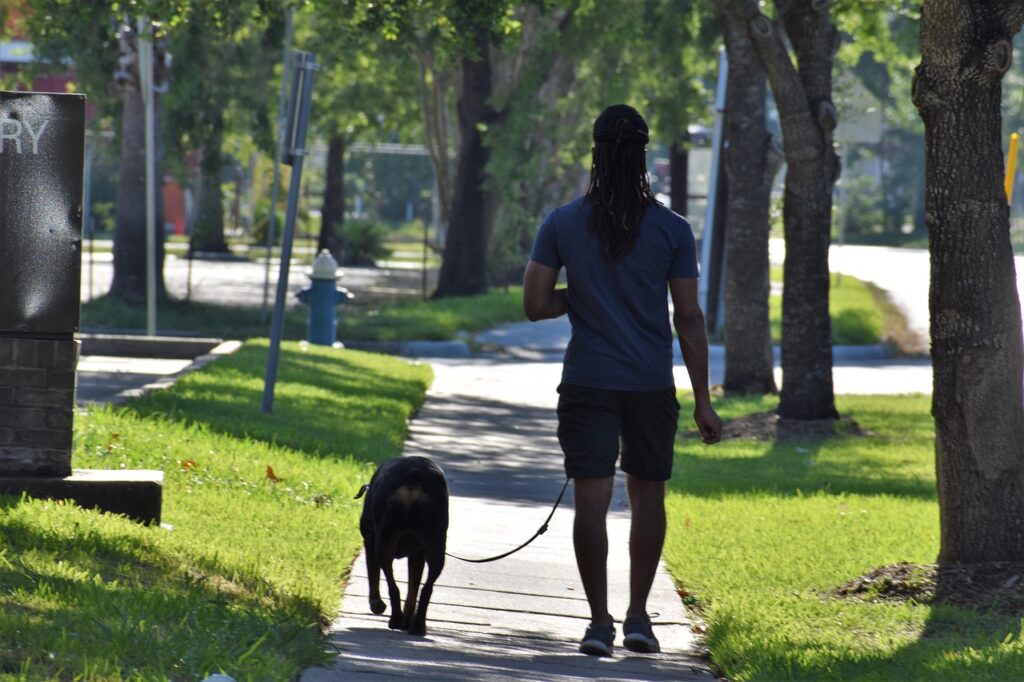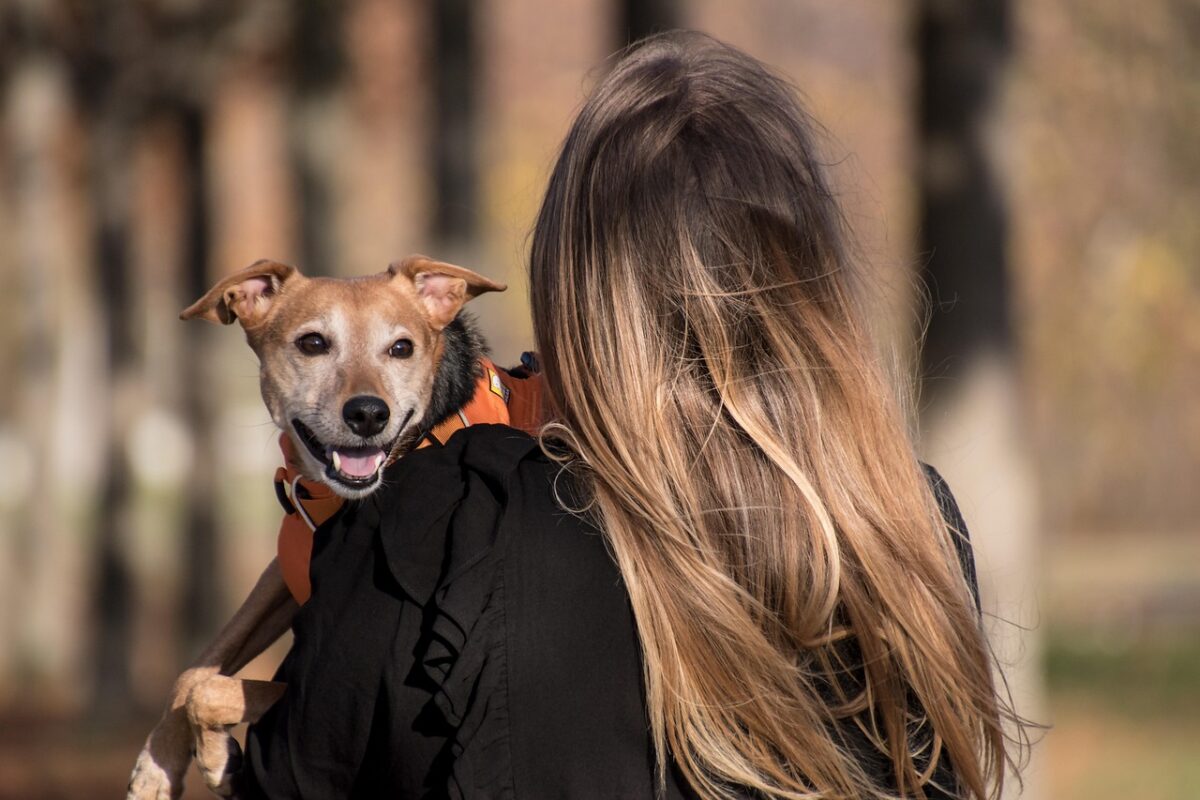For many prospective dog owners, allergies can pose a significant barrier to pet ownership. Fortunately, hypoallergenic dogs offer a solution for those who love dogs but suffer from allergies. This article explores the best hypoallergenic dog breeds, detailing their characteristics, care requirements, and how they can fit into your family. Whether you’re looking for a small companion or a larger canine friend, this guide will help you find the perfect allergy-friendly dog.
The term “hypoallergenic” refers to substances that are less likely to provoke an allergic reaction. In the context of dogs, hypoallergenic breeds are those that produce fewer allergens than other breeds. These allergens primarily come from dog saliva, urine, and dander. While no dog is completely free of allergens, hypoallergenic breeds tend to shed less fur and dander, making them a suitable choice for allergy sufferers.
Hypoallergenic dog breeds help minimize allergic reactions through several mechanisms:
- Reduced Shedding: Many hypoallergenic breeds have hair that is more similar to human hair, which means they shed less. This results in fewer allergens being released into the home environment.
- Lower Dander Production: Certain breeds produce less dander, which is a significant trigger for allergies. This means that even if they do shed, the amount of allergenic material is minimized.
- Grooming Needs: Hypoallergenic dogs often require regular grooming, which can help control the amount of loose hair and dander in your home.
Key Considerations Before Choosing a Hypoallergenic Dog

Before bringing a hypoallergenic dog into your home, consider the following:
- Allergy Testing: It’s crucial to get tested for allergies to ensure that you are sensitive to dog allergens specifically. Consulting with an allergist can provide clarity.
- Time Commitment: Many hypoallergenic breeds require regular grooming. Be prepared for the time and financial commitment involved.
- Living Situation: Consider the size of your living space. Some breeds may be better suited for apartments, while others thrive in larger homes.
- Family Dynamics: If you have children or other pets, ensure the breed you choose is compatible with your family’s lifestyle.
Top 15 Best Hypoallergenic Dog Breeds
Here are some of the best hypoallergenic dog breeds, each with unique characteristics that may suit your lifestyle:
Small Hypoallergenic Dog Breeds
- Poodle (Toy and Miniature): Known for their intelligence and playful nature, Toy and Miniature Poodles are highly trainable and shed minimally.
- Bichon Frise: This breed is cheerful and affectionate, with a soft, curly coat that requires regular grooming to prevent matting.
- Maltese: With their long, flowing coats, Maltese are gentle companions that thrive on human interaction.
- Yorkshire Terrier: Small in size but big in personality, Yorkies are known for their loyalty and adaptability.
- Shih Tzu: This breed is friendly and outgoing, making them great family pets. Their long coats require regular grooming.
Medium and Large Hypoallergenic Dog Breeds
- Standard Poodle: Larger than their toy counterparts, Standard Poodles are intelligent, energetic, and excellent for active families.
- Portuguese Water Dog: These dogs are known for their love of water and playful demeanor. They are great for active households.
- Soft Coated Wheaten Terrier: With a friendly disposition, Wheaten Terriers are affectionate and good with children.
- Irish Water Spaniel: This breed is known for its distinctive curly coat and playful personality, making it an excellent family dog.
- Basenji: Often referred to as the “barkless dog,” Basenjis are known for their unique vocalizations and independent nature.
Caring for Your Hypoallergenic Dog: Tips and Best Practices

Owning a hypoallergenic dog involves specific care routines to help manage allergies and keep your pet healthy:
- Regular Grooming: Schedule regular grooming sessions to control shedding and dander. This includes brushing and bathing as needed.
- Clean Living Space: Maintain a clean home by vacuuming regularly and using air purifiers to reduce airborne allergens.
- Designated Pet Areas: Set boundaries for where your dog can roam in the house. Keeping them out of bedrooms can help reduce allergens.
- Diet and Health: Feed your dog a balanced diet to maintain their health. A healthy dog is less likely to produce excess allergens.
Common Myths About Hypoallergenic Dogs

There are several misconceptions surrounding hypoallergenic dogs that can be misleading:
- All Hypoallergenic Dogs Are Allergy-Free: No dog is completely free of allergens; hypoallergenic breeds simply produce fewer allergens.
- Hypoallergenic Dogs Don’t Shed: While they shed less than other breeds, hypoallergenic dogs still lose hair and dander.
- Allergy Sufferers Can Have Any Hypoallergenic Breed: Individual reactions vary, so it’s essential to spend time with a breed before making a decision.
Choosing a hypoallergenic dog can be a great option for those with allergies, but it’s essential to evaluate your lifestyle and preferences. Consider the amount of time you can dedicate to grooming, training, and exercise. Additionally, assess how well you and your family members interact with different breeds. Spending time with a prospective dog can help gauge compatibility and comfort levels.
By understanding the characteristics and needs of hypoallergenic breeds, you can make an informed decision that benefits both you and your future furry friend. A hypoallergenic dog can provide companionship and joy while minimizing allergy-related issues, making them an excellent addition to allergy-prone families.
